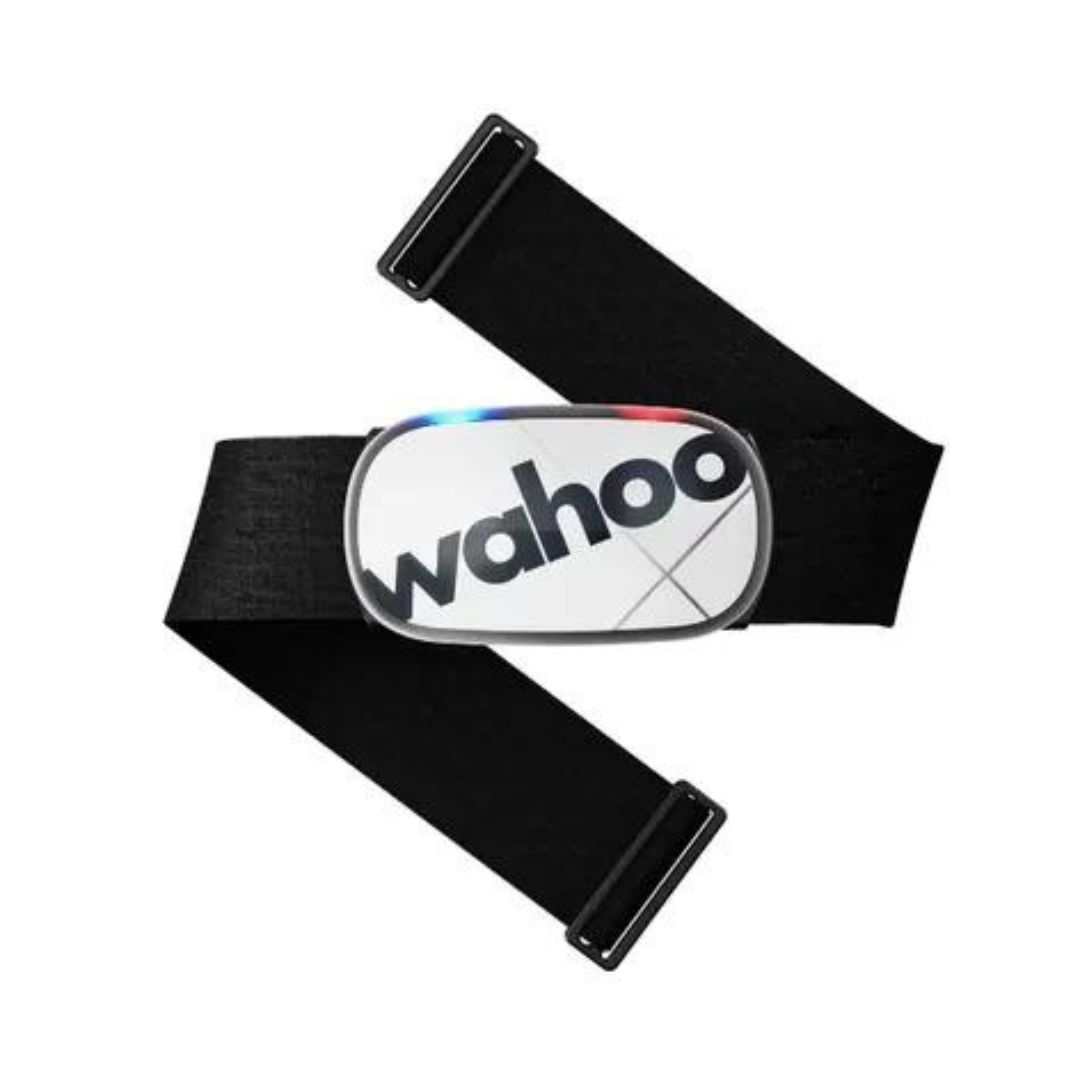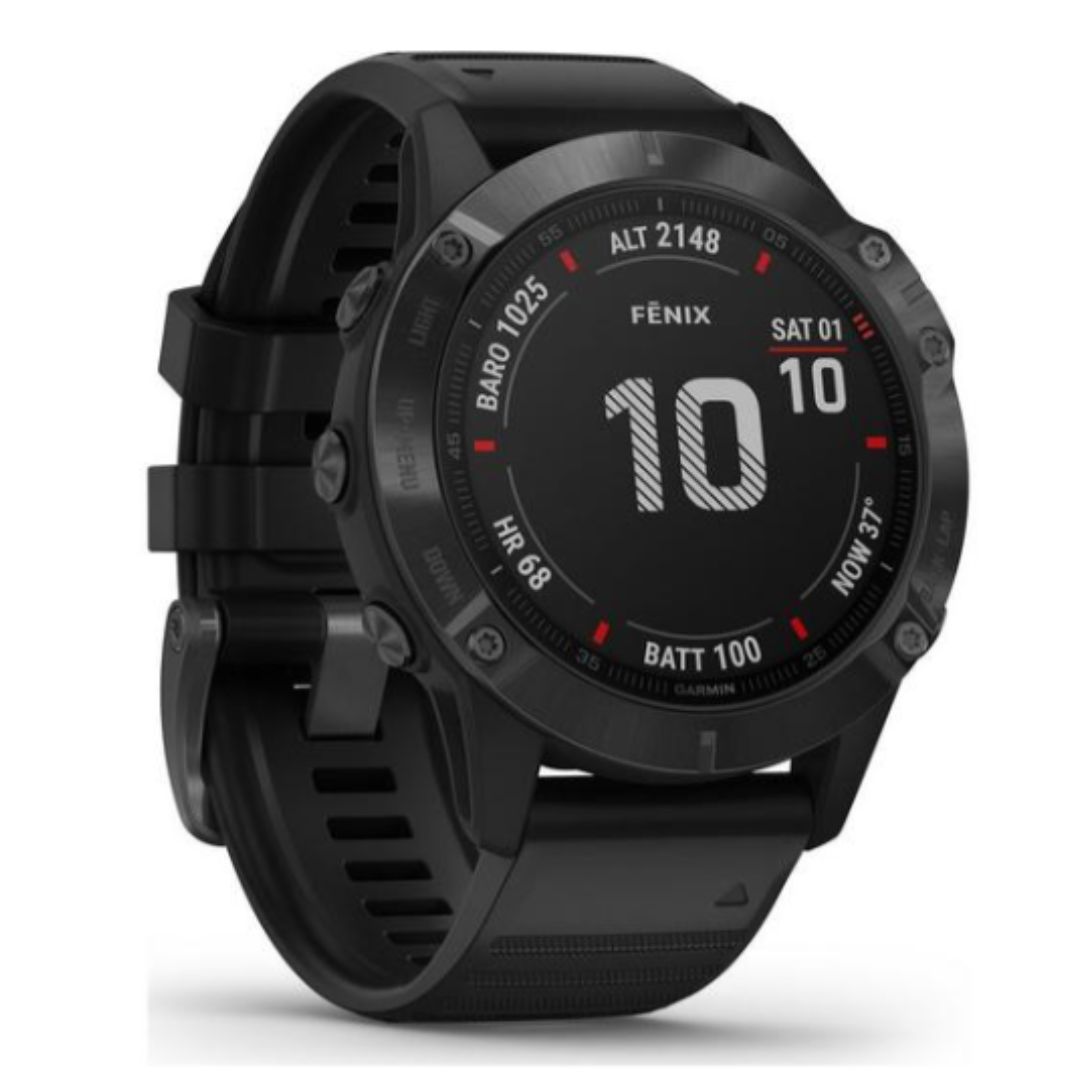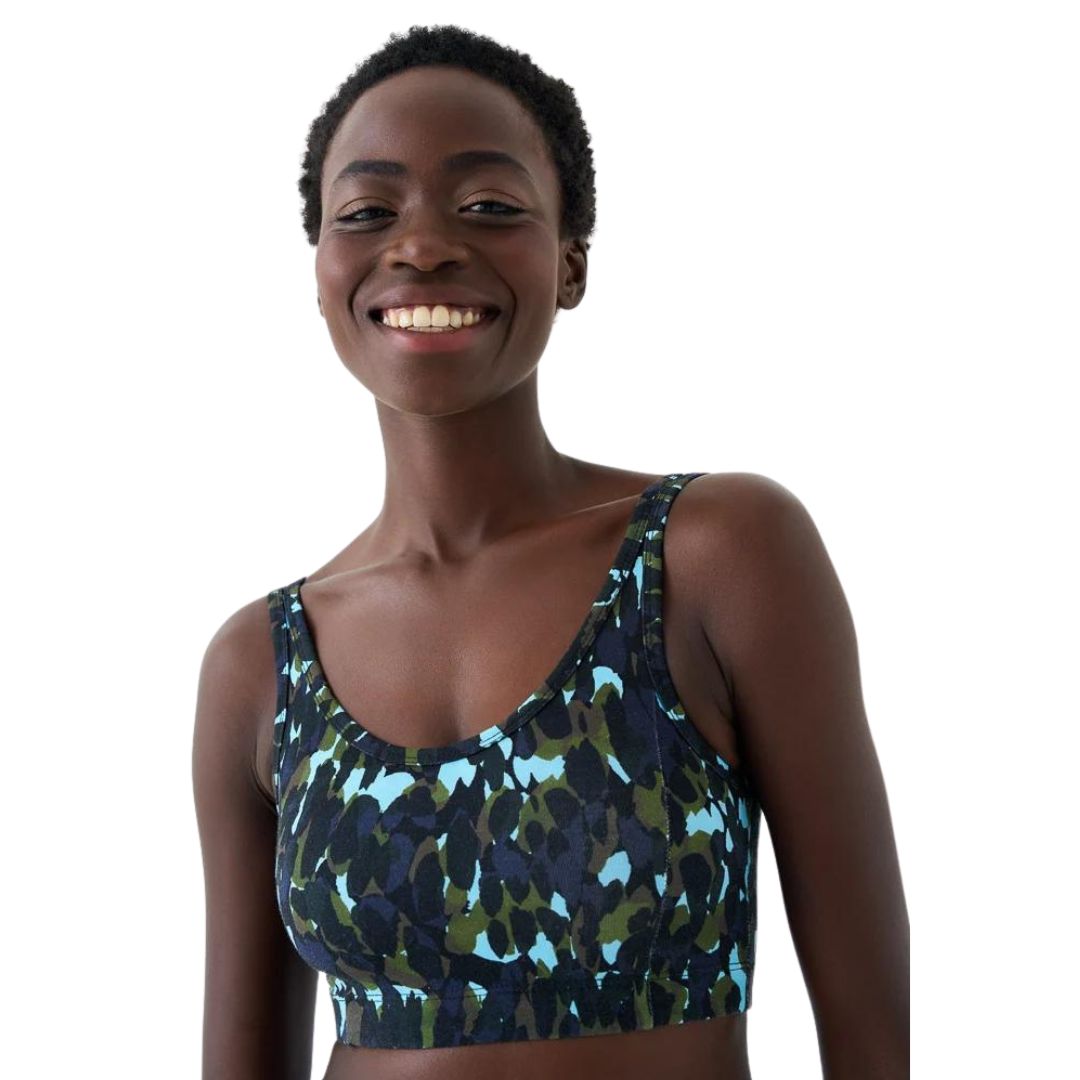Zone 2 training is known as a "secret fitness weapon" for good reason - why it's the workout your training's likely missing
Meet the fitness industry's best-kept secret.


Looking for a way to level up your training? Then you might want to read more about Zone 2 training, a style of workout that's a well-kept secret in the fitness industry.
Labelled a "secret fitness weapon", it promises to help you burn fat, boost your endurance, and improve your metabolic threshold - in short, seriously improving your overall fitness levels.
Wondering what it is and why personal trainers reckon it's so effective? Good question. According to ultra runner, running coach and personal trainer Sabrina Pace-Humphreys, Zone 2 training focuses on heart rate and is a low-impact form of cardio, like running, cycling or swimming, where you focus on performing at an intensity which leaves your heart rate in the second zone (for reference, there are five "zones", with five being maximum effort and energy expenditure and zone one is minimum). Most people monitor this intensity via a fitness tracker or heart monitor.
So why is Zone 2 so special? Well, in another case for low-impact workouts offering some seriously impressive benefits, Zone 2 training requires less effort than zones three, four and five - in Zone 5, you'd be working at max capacity. Not just that, but it's also sometimes referred to as the "fat-burning zone" thanks to the adenosine triphosphate (ATP) your body makes when working out at this intensity.
All sound a bit jargon-heavy to you? In a nutshell, running, cycling, or swimming while keeping your heart rate in Zone 2 prioritises working smarter, not harder, and promises to improve your resting heart rate, boost your body's energy efficiency, and help with injury reduction, recovery, sleep quality, and weight management.
While you might have thought you'd reap more benefits from working out harder, research actually indicates that low and slow might be the way to go. Case in point: a 2019 study published in the International Journal of Exercise Science found that triathletes who spent more than 20% of their training time in zone 2 recorded significantly greater increases in their metabolic threshold than those who spent more than 80% of training time in zone 1. Research published in Sports Medicine also highlights that Zone 2 training means you have to recover for less time, meaning you can train more.
Keen to read more about how it could improve your fitness levels? Keep scrolling, and don't miss our guides to the best cardio workouts, TikTok's trending cosy cardio, and a PT's go-to walking workouts, while you're at it.
Celebrity news, beauty, fashion advice, and fascinating features, delivered straight to your inbox!
Your guide to Zone 2 cardio, a simple and low impact way to boost your fitness
What is zone 2 cardio?
And similarly, why is there such a growing buzz about it? "Associated with heart rate zones, it focuses on maintaining a steady state of exercise over a prolonged period, such as 45 minutes or more in any one session," explains Tory Eyre, gym product implementation manager at David Lloyd Clubs.
As above and in simple terms, zone 2 training should feel like a six or seven out of 10 in terms of intensity, explains Eyre. That means that when completing a Zone 2 session it should feel like you can continue at that rate of exertion for a considerable amount of time.
An example of zone 2 cardio training, according to Eyre, could be a 45-minute run working at somewhere between 60 to 70% of your maximum heart rate.
What are heart rate zones?
The beauty of zone 2 training is that it's truly unique to the person. What your zone 2 will look like will be dependent on your own fitness base and aerobic performance - simply put, an elite athlete's zone 2 would be very different to that of an average fitness fan.
In a piece for GQ, sports cardiologist Dr. Benjamin Levine from UT Southwestern Medical Center who's worked with the US Olympic Committee and USA Track and Field, explained the five approximate "zones" of exercise intensity. While this can differ slightly, Levine outlines the following:
- Zone 1 is 50-60% of your maximum heart rate - similar to a brisk walk.
- Zone 2 should feel just a bit harder than zone 1, around 60-70% effort - think an easy jog or a relaxed bike ride
- Zone 3 is 70-80% of your max heart rate - a slightly more challenging run or cycle
- Zone 4 is 80-90% of your max heart rate - again, a step up in terms of intensity
- Zone 5 is typically 90-100% of your max heart rate, normally achieved with intense exercise like all-out sprinting.
"Zone 2 is often characterised by a person experiencing a low to moderate level of cardiovascular exertion and power output," says Pace-Humphreys. As a result, it's the type of training state that can be maintained for a long period of time, she goes on. Pace Humphreys, who is an ultra runner herself, describes zone 2 as "all about training for the long game". "It's also one of the most comfortable training states to be in," she explains.
In order to incorporate zone 2 training into your exercise routine it’s important to determine your zone 2 heart rate range, adds Eyre. She advises achieving this either through a wearable or by measuring your rate of perceived exertion, which should feel like a six or seven out of ten.
Once your zone 2 heart rate range is established, try adding in one or two suitable sessions per week, recommends Eyre. " A true zone 2 session should last for 45 minutes or more and feel like a maintained steady pace," she explains, adding that cycling or jogging is a great way to achieve this.
For maximum effectiveness, she recommends building towards three to four weekly zone 2 sessions.
What are the benefits of zone 2 cardio
As highlighted above, are are a whole heap of benefits of incorporating zone 2 cardio into your weekly routine. many of which have been outlined above already. But the list continues: "Zone 2 training is a really effective way to improve your metabolic flexibility, which is really fancy way of describing your body's ability to rapidly switch between fat and carbohydrate stores as a way to fuel activity," explains Eyre. Essentially, zone 2 training helps build a solid fitness base without the risk of overtraining and sets you up well to perform in more intense workouts, she says.
She provides an example: "If I was a runner looking to improve my 10km time, by incorporating some Zone 2 training into my weekly activities, I'd be able to work towards extending the duration of sustainable effort, in turn improving my aerobic capacity and endurance and therefore likely improving my 10km run time." Smart, right?
How can I do zone 2 cardio?
"Your zone 2 state will have a minimum and maximum heart rate level," says Pace-Humphreys. While it might sound daunting, t's a lot easier to achieve a zone 2 training state than you might imagine, she adds. She advises trying a power hike, incorporating a gentle swim, or adding some inclines into a walk (walking workouts at the ready). "I often tell the women that I coach that when running, a zone 2 state means they can hold an easy conversation while training," she says.
While it might take a little bit of time to understand your own zone 2 at the beginning, after a while it can become easier to "feel" it, says Pace-Humphreys. Do note, though: she recommends integrating other forms of training that are more challenging, too. "For most of us, the goal is 80/20 - 80% easy and 20% spice."
The bottom line? "One of the best things about zone 2 training is that anyone can do it, whether you are a complete beginner or an experienced runner there is something to be gained," adds Eyre.
However, it is worth noting - zone 2 training can feel a little monotonous and does require a degree of discipline to stay within the designated heart rate zone. Eyre has a handy tip for this: "I’d suggest whacking on a podcast you love or building a playlist that will keep you at the appropriate beats per minute to help you stay on track and entertain you all at the same time." When it comes to indoor training, the virtual fitness app Zwift is a godsend for cyclists and runners, plus offers the option of meeting up with pals virtually, making your workout more social."
"I added zone 2 cardio to my training and saw serious fitness improvements."
Emma Anderson, 34, is a neurophysiotherapist based in London. She embraced zone 2 cardio when training for a half Ironman earlier this year and noticed some real gains.
"Earlier this year training for a half Ironman, I started increasing the distances and frequency of my runs and bike rides. I knew a couple of people who are both very disciplined at training and compete at a high level and noticed that they included longer, steady zone 2 sessions."
"Talking with them both and learning from other sources about training really influenced my personal fitness programme. I started doing a long steady run - around a half marathon distance - or ride every week and would combine it with other intense sessions."
"I definitely felt gains in endurance and recovery after doing zone 2 cardio. After a long and steady run, my legs didn't feel the usual heaviness and ache. It allowed for building intensity and strength training, plus it was essential for injury prevention given the volume of sessions I was doing."
"I also noticed a positive impact on my energy levels. With zone 2 cardio, I didn't feel so exhausted post-training and the following day. Previously, I'd suffered a stress fracture from doing a lot of higher intensity runs, so consciously limiting the pace and staying within zone 2 allowed my body to slowly adjust."
"I do find zone 2 cardio a bit boring alone, so spending social time with friends on the bike when doing zone 2 training made it more fun. It also can be tricky to dedicate time to longer and slower training when you're busy with other plans."
"I'll definitely continue to train zone 2 cardio, as my body doesn't bounce back like it used to. It's great for injury prevention, slowly building up mileage and volume and allowing me to respect my body by listening to it. I'm planning on doing another half Ironman next year so careful planning of my training - and including a sufficient amount of zone 2 cardio - will be something I take seriously."
Shop MC UK's go-to workout kit now

Track heart rate, calories burned, running analytics and indoor cycling cadence with the Wahoo TICKR X heart rate monitor. It's also possible to connect it to training apps, GPS watches and bike computers via Bluetooth and ANT+. The strap, which is designed to be worn across your torso, is slim, lightweight and comfortable, which we rate.

It's possible to easily keep track of your workouts, and specifically heart rate, with the Garmin Swim 2 - you can see a multitude of data directly on the watch face. Obviously, it's the perfect companion for water-based activities as it's waterproof, but it also tracks other exercises, such as running and cycling.
Amy Sedghi is a freelance journalist, specialising in health and fitness, travel, beauty, sustainability and cycling.
Having started her career in The Guardian newsroom working with an award-winning team, Amy's proud to have reported on a variety of topics, speaking to a range of voices and travelling far and wide to do so. From interviews on ski lifts to writing up breaking stories outside courtrooms, Amy is used to reporting from a range of locations (she’s even been known to type up a story in a tent).
She also loves being active, spending time outdoors and travelling - with some of her favourite features she’s worked on combining all three. Cycling and eating her way round the Isle of Man, learning to sail on the Côte d'Azur and traversing the Caminito del Rey path in Spain are just some of her highlights.
Covering a diverse range of subjects appeals to Amy. One minute she may be writing about her online styling session with Katie Holmes’ stylist and the next she’s transporting readers to the basketball courts of Haringey where she joined a group trying to lower knife crime in the capital.
While at university, Amy was awarded The Media Society bursary. Following her stint at the Guardian, Amy worked at Google and as well as writing for Marie Claire, she regularly contributes interviews, features and articles to National Geographic Traveller, The Guardian, The Independent, The Telegraph, Stylist, Refinery29, Glorious Sport, Cycling Weekly and Rouleur.
When she’s not writing, Amy can be found trying to get through her towering stack of books-to-read, cycling down at Herne Hill Velodrome or looking for the next place to eat and drink with friends.

